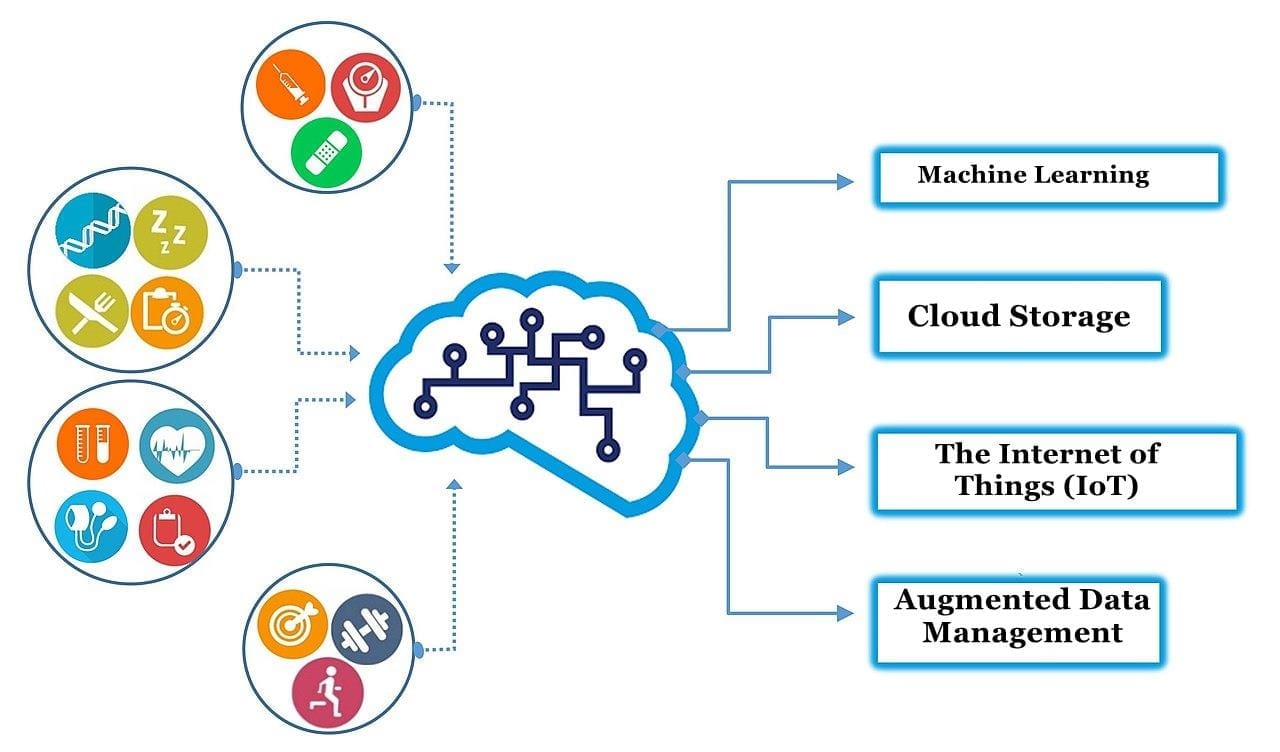The healthcare field has been one of continuous innovation, invention, and evolution since its inception. Healthcare workers and researchers constantly seek new avenues for the treatment and care of their patients. With new techniques in surgery, remote patient monitoring, and telemedicine, patients can now receive better care than ever. Not only has patient care significantly improved, but increases in health literacy and new early detection methods now save countless lives.
Artificial intelligence (AI) scanning is one healthcare screening method with a notable impact. As data collection becomes the new norm in every industry, an immense amount of patient data is now being collected and stored. Certain data, such as X-ray images, can be utilized by machine learning to improve diagnosis.
Through this method, radiologists and doctors can more accurately diagnose tumors and provide proper treatment from the start. With access to thousands of images, AI has the ability to meticulously scan each one—more than one radiologist could see in their lifetime. Remarkable comparisons can be drawn between images that often go unseen by the human eye—dramatically improving the efficiency and accuracy of diagnosis.
AI & Machine Learning
Most AI processes are performed with machine learning—a subset of AI. By utilizing an algorithm tailored to specific processing needs, machine learning has the ability to scan an incredible amount of data.
A huge amount of data is typically necessary to return good results with machine learning. The algorithm employed can make connections between different data subsets quickly and effectively. When the algorithm is initially given more data, the AI will naturally return more results.
Machine learning is often manipulated to scan images when applied in a healthcare scenario. This is deployed with deep learning—a specific aspect of machine learning. This gives the AI context to understand which connections between images are considered desirable in a given scenario. With a specific algorithm, the AI can discern the images quickly and find connections from the raw data without human intervention.
Different images are used for different types of screening and machine learning is employed where needed. For lung cancer screening, X-ray and computer topography (CT) images would be scanned; for brain cancer screening and diagnosis of tumors, magnetic resonance imaging (MRI) pictures would be surveyed; in early detection of breast cancer, mammogram imagery is scoured.
The capability to scan thousands of images is not for the AI to make a diagnosis, rather assist physicians in making competent and comprehensive decisions on diagnosis and treatment. With the assistance of AI, doctors are able to corroborate their own visual inspection with that of an entire database. As AI scanning of CT, X-ray, mammogram, and MRI imaging becomes more readily available the reduction of error in diagnosis will be astounding.
Brain Cancer
One area where AI scanning has made an impact in healthcare is that of brain tumor diagnosis. At New York University Langone Health, doctors put new techniques like this to the test.
In the case involving a young girl who came for a follow-up, her tests pointed to the reappearance of the medulloblastoma that doctors had treated several years ago.
Her neuropathologist, Dr. Snuderl, initially presumed the tests were correct and were about to sign off on treatment when he noticed something wasn’t quite right. He decided to utilize the AI tool available.

The data used in this method is that of methylation analysis. Essentially, methylation analysis is a process that inventories the DNA for obscurities. Once Snuderl acquired this data, he then inputs those results into the AI system.
After the AI scanned this new data and checked it against its 60,000 other data sets, the tumor returned a completely different tumor than the tests originally showed. The patient would now receive the proper treatment for the tumor—a highly specific plan.
Before the implementation of AI scanning, there was a 12%-14% error rate in brain tumor diagnosis at NYU. Not only will patients be diagnosed more accurately and provided the correct treatment, but the improvement to initial tests and follow-up tests will also likely be vast. One issue with this testing method is the expense, which limits access. However, researchers work diligently to find new methods in which they can obtain the patient’s data.
Mesothelioma & Lung Cancer
Another impressive area where AI scanning has the potential to transform patient care is lung cancer and mesothelioma. Lung cancer is the cause of death for almost 160,000 Americans each year. A rare and aggressive cancer, mesothelioma is often misdiagnosed as lung cancer.
With a latency period of 10-50 years, early detection and proper diagnosis of mesothelioma is pertinent—as the life expectancy after diagnosis is only a short 12-21 months. Lung cancer, too, has a short life expectancy of only 16-24 months. Proper diagnosis of each of these cancers is imperative for patients to receive the treatment they need promptly.
Cancer of the lungs has always been difficult cancer to diagnose. A high rate of false positives and false negatives exist because lung spots are often misinterpreted as malignant or benign.
CT scans have improved lung cancer diagnosis significantly compared to chest X-rays. However, the margin for error is still high when only the human eye is used to determine whether a lung spot is benign or cancerous. With the use of AI scanning and deep learning, lung cancer diagnosis has been improved substantially.
The same process can be applied to mesothelioma and used to improve accuracy in diagnosis. Since this method is being applied in lung cancer screening, it will in turn improve mesothelioma diagnosis. Once doctors have determined the lung spots aren’t lung cancer, they can then investigate other potential diagnoses like mesothelioma. Since a biopsy is the only way to confirm a patient has mesothelioma, it’s important to be sure that it’s necessary before the highly invasive procedure is performed.

Breast Cancer
Breast cancer screening is one use of AI scanning that still needs improvement but has a great deal of potential. Many women begin to have regular mammograms in their 40s and 50s. This yields mass amounts of imaging data. This data can then be used in an AI system to detect breast cancer in its early stages.
In one case, a tumor was caught by an AI scan four years before it developed. Since 1 in 8 women will develop breast cancer in their lifetimes in the United States, this will have extensive benefits for women’s healthcare. Although researchers haven’t whittled down the model to ensure a high enough accuracy in results, they continue to work on improvements.
To Close
Although AI scanning in cancer screening is still in its infancy, the potential for this new technology to reshape how doctors approach diagnosis is limitless. Through new methods of early detection, doctors can make life-saving treatment decisions much earlier. This will likely save countless lives, reduce patient suffering, and improve techniques for early detection in regular check-ups in extraordinary ways.





